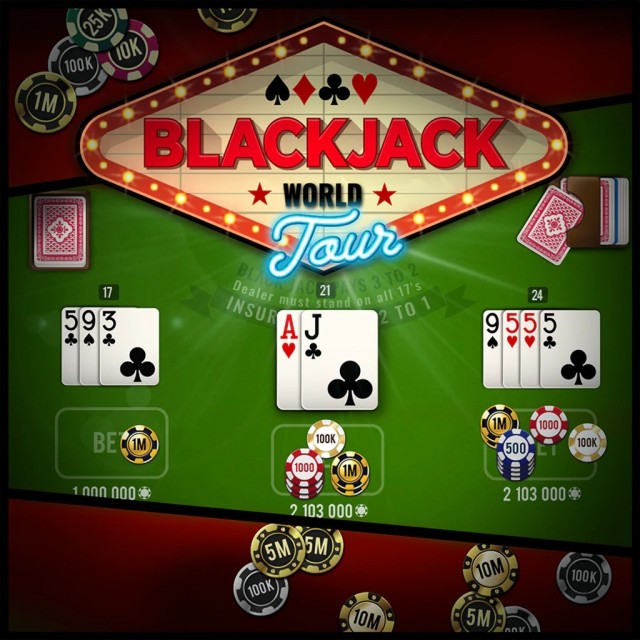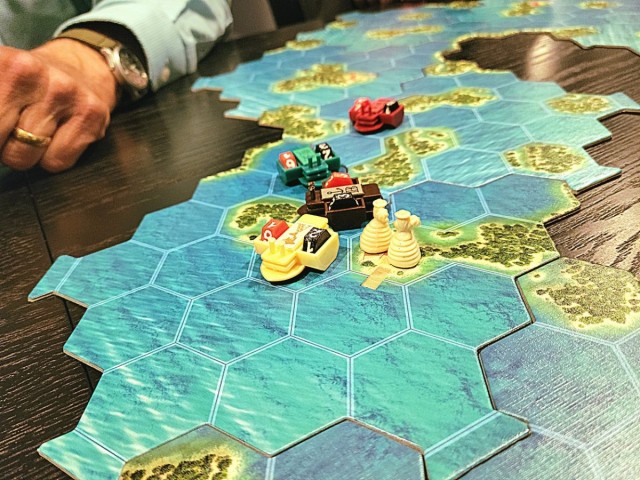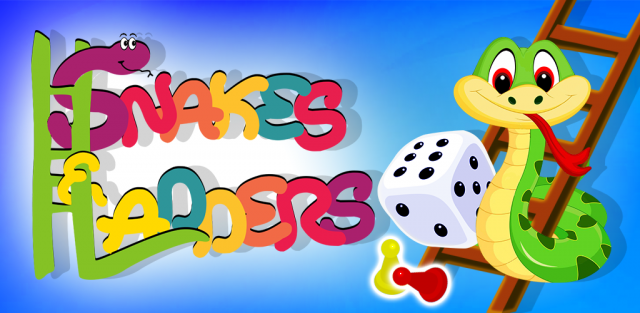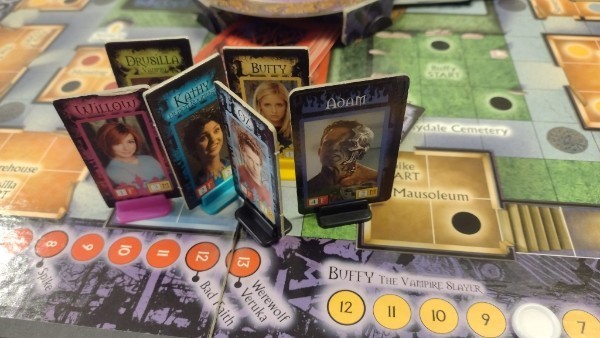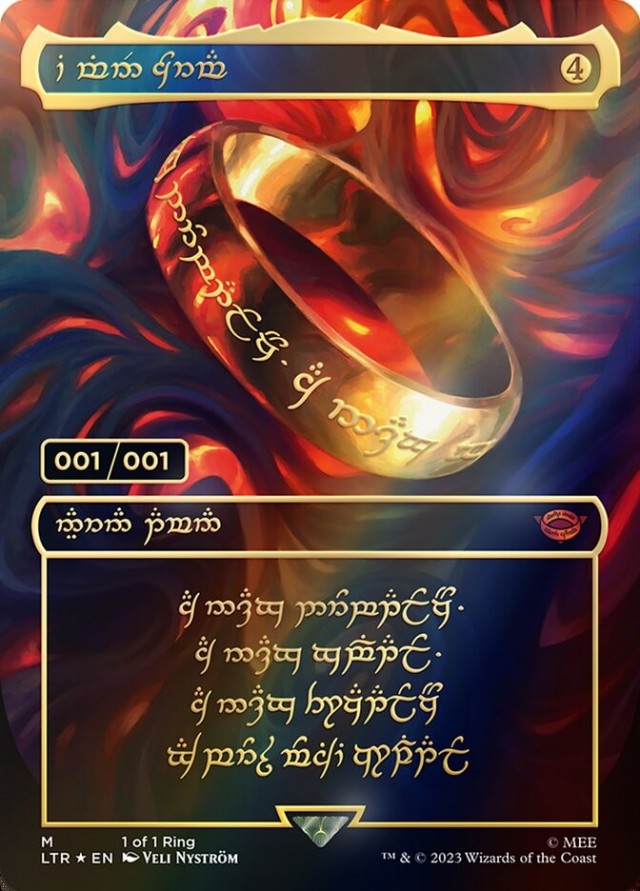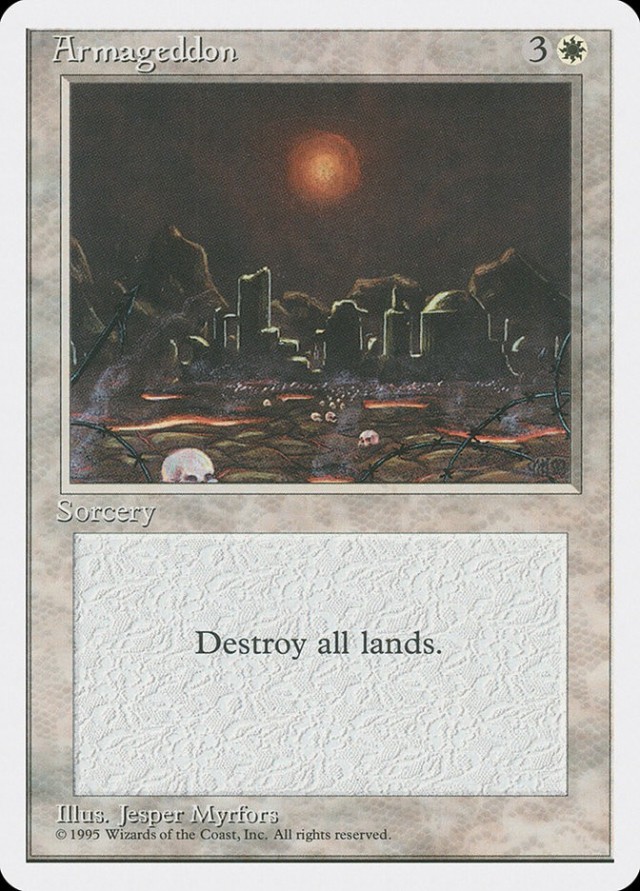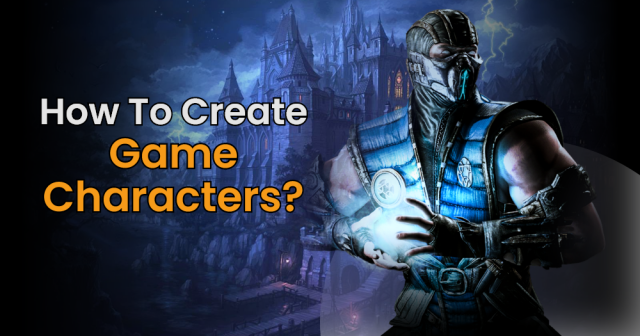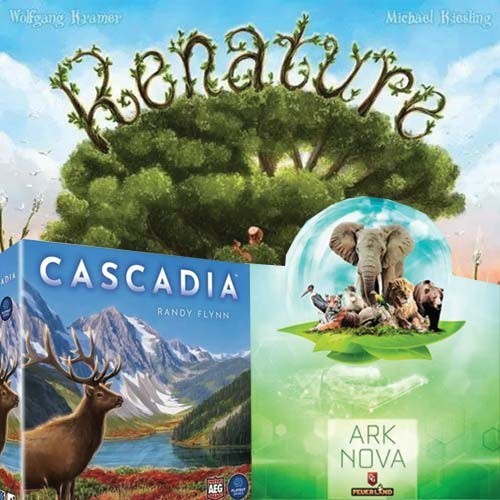Sigh. I screwed up a short time ago and posted a video I'd already posted here, I apologize. This is the one I meant to do.
Slide text:
Game Design: Discussing “The Board”
Dr. Lewis Pulsipher
Pulsiphergames.com
“Game Design” channel on YouTube
Describing, not Defining
Because as soon as someone says “definition”, someone else will nitpick it
Given the loosey-goosey nature of English, absolutely clear definitions are nearly impossible
So, I’m just going to talk about game boards, not “define”
Why Boards?
A board is a natural way to depict maneuver and geospatial relationships
Which are virtually required for wargames
Cards don’t naturally do this
Yes, you can use a “board” as a status indicator without any reference to spatial relationships
As in some Eurogames
We’re interested in boards as fields for maneuver that depict geospatial relationships
Is there a formula for designing a board?
I’ve seen novice designers ask for a formula, as though everything in game design can be reduced to rote, to always-correct solutions
In short: NO!
Game design is about critical thinking, the opposite of rote learning
But we can see common characteristics in many “classic” game boards
And common ways to make boards
Square Grid
Chess, checkers, tic-tac-toe, Stratego, many others (even the video game Civilization (I through IV, V went to hexes)
Easy to see, easy to make a prototype, easy for players to understand
But movement diagonally is very distorted (1.41 times as far, per square)
Adjacency is a problem: is it four
squares adjacent, or eight?
But if you’re depicting walls or a city
road grid, squares are very useful
Areas (like a map)
Looks most natural of all boards
Diplomacy, Risk, Axis & Allies, Britannia, a great many games that cover a large geographical area
Often used when more than one piece can be in a location (though Diplomacy allows only one per area)
Provides room for “individuality”, avoiding the geometric precision of squares and hexes
Hexagons (“hexes”)
Hex means six
Adjacency is clear – six adjacent vice 8
The typical wargame grid
Do hexes put people off?
Not uniform
Looked at one way, there are two ways forward
Look at it 90 degrees from that, there are three ways forward
Less distance distortion than squares (but contrary to popular belief, there IS distortion)
Not good for straight lines (such as walls or city roads)
(Illustration is a hand-drawn prototype board for my game Dragon Rage (1982, 2011)
Connectivity
The illustration (a space empires game prototype) is for outer space, but most are for land areas
Allows easy representation of routes, paths, bridges, chokepoints, impassable terrain
All grids are ways of showing connectivity
Here’s a connectivity diagram of the FFG Britannia map
The relationships between areas are exactly the same
But notice lines crossing in a few places
Other Grids
Circular (IMM prototype board)
Spiral (Four Elements prototype board)
And many variations
Not always Maneuver . . .
Some games only provide for placement, not maneuver, such as Ingenious, my prototype Law & Chaos (Mayfair someday)
These are hex boards, but it’s not always hexes for placement – tic-tac-toe for example
Go, of course, is placement-only, and uses the intersections of a square grid
What do they have in Common?
Number of areas in many classic games doesn’t differ wildly from chess’s 64
When it does, it’s often a hex board
Diplomacy 70-some (IIRC), Risk 42, Britannia 37 +6 seas
This also depends on number of pieces
Tends to be fairly high in games with lots of hexes, such as wargames
Piece count: Diplomacy 34, Risk “a lot”, Britannia about 55
Number of Connections?
If we want to analyze boards further, we’d count number of connections to each area (which I actually did with that space wargame)
Hex board, this is always 6. Square board, always either 4 or 8, depending on whether diagonals are counted
Examples of Pacific Convoy and DS – number of connections does matter
And we’d relate number of areas and number of connections to typical number of pieces
But you can overthink anything in games. Try actually playing on a board and you’ll find out a lot, if you pay attention
Think of a board as a connectivity diagram for maneuver (or placement), and go from there to choose the grid that works best for your game.
 Games
Games How to resolve AdBlock issue?
How to resolve AdBlock issue? 